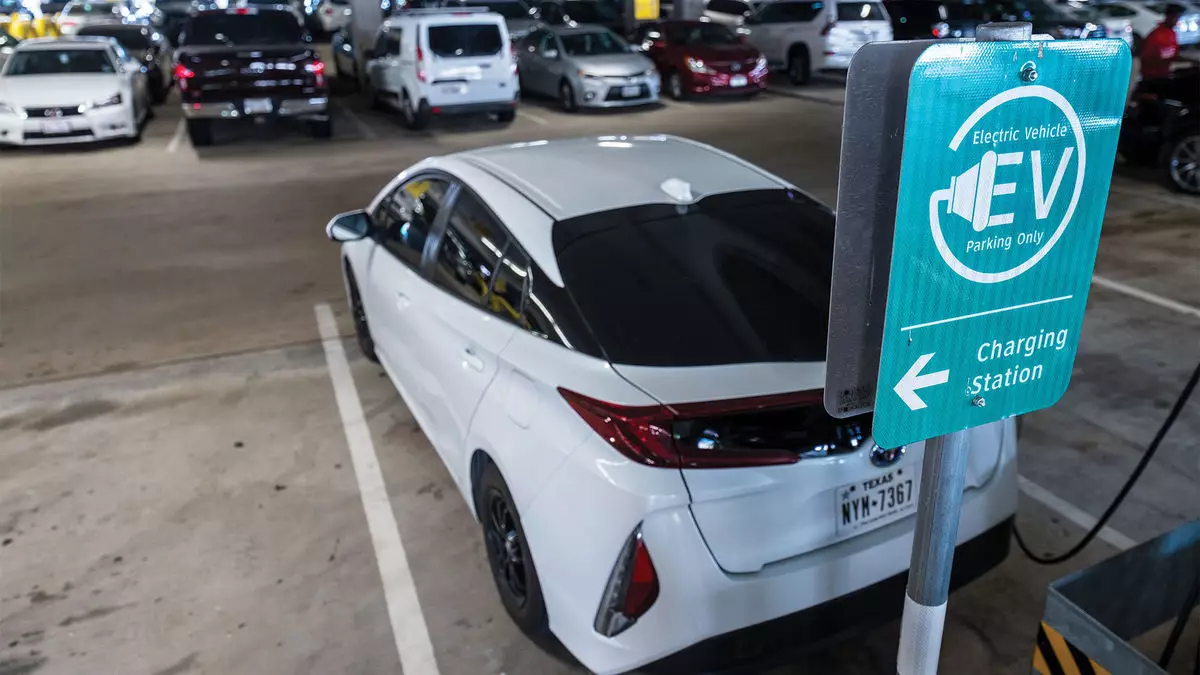While the U.S. electric vehicle market may be experiencing a temporary decline, airports are proactively getting ready to accommodate large electric vehicle rental fleets. Dallas-Fort Worth Airport’s CEO, Sean Donohue, emphasized the importance of being prepared for the inevitable transition to electric vehicles. The airport projects a doubling of power needs by the end of the decade, driven mainly by the electrification of car rental fleets. Through programs like Athena Zev by the National Renewable Energy Laboratory (NREL), airports are developing strategies to meet the increasing demand for EV charging.
Car rental companies face challenges with the adoption of electric vehicles in their fleets. Despite initial efforts to incorporate EVs, companies like Hertz have had to adjust their plans due to lower-than-expected demand and high collision expenses. The ambitious target of 25% EV fleet penetration by the end of the year had to be revised, leading to a more cautious approach to expansion and charging infrastructure development. Supercharging capabilities are crucial for rental companies to efficiently operate EV fleets, comparable to the quick turnaround times for gas-powered vehicles.
Power Requirements and Charging Infrastructure
According to NREL’s Monte Lunacek, charging a fleet of 500 EVs in a day can demand the same power as an entire airport terminal. Airports like Los Angeles International Airport (LAX) and Dallas-Fort Worth Airport handle thousands of rental cars daily, emphasizing the need for robust charging infrastructure. The Athena Zev program aims to create data-driven models to estimate the charging capacity required for growing EV rental fleets across multiple airports. These models will also explore the optimal deployment of solar energy and energy storage technology to manage energy usage efficiently.
Optimizing Energy Usage and Operational Costs
The data-driven models developed by NREL will consider various factors such as local climates, utility rate structures, and rental company EV fleet estimates to identify the most cost-effective charging solutions. By flattening energy spikes during peak hours and utilizing stored power during low-usage times, airports can minimize operating costs while meeting the growing demand for EV charging. The program will run simulations to determine the best software and hardware combinations for efficient operational decisions.
Despite the current setbacks in the EV rental market, NREL’s Monte Lunacek remains optimistic about the future of electric vehicles. He believes that consumer demand for EVs will continue to rise, emphasizing the irreversible shift towards electrification in the medium to long term. Airports like Dallas-Fort Worth are aligning themselves with this future by developing plans for solar-powered microgrids to support their EV rental fleets. Collaboration between airports and car rental companies will be essential in addressing the challenges and opportunities presented by the growing demand for electric vehicles.


Leave a Reply